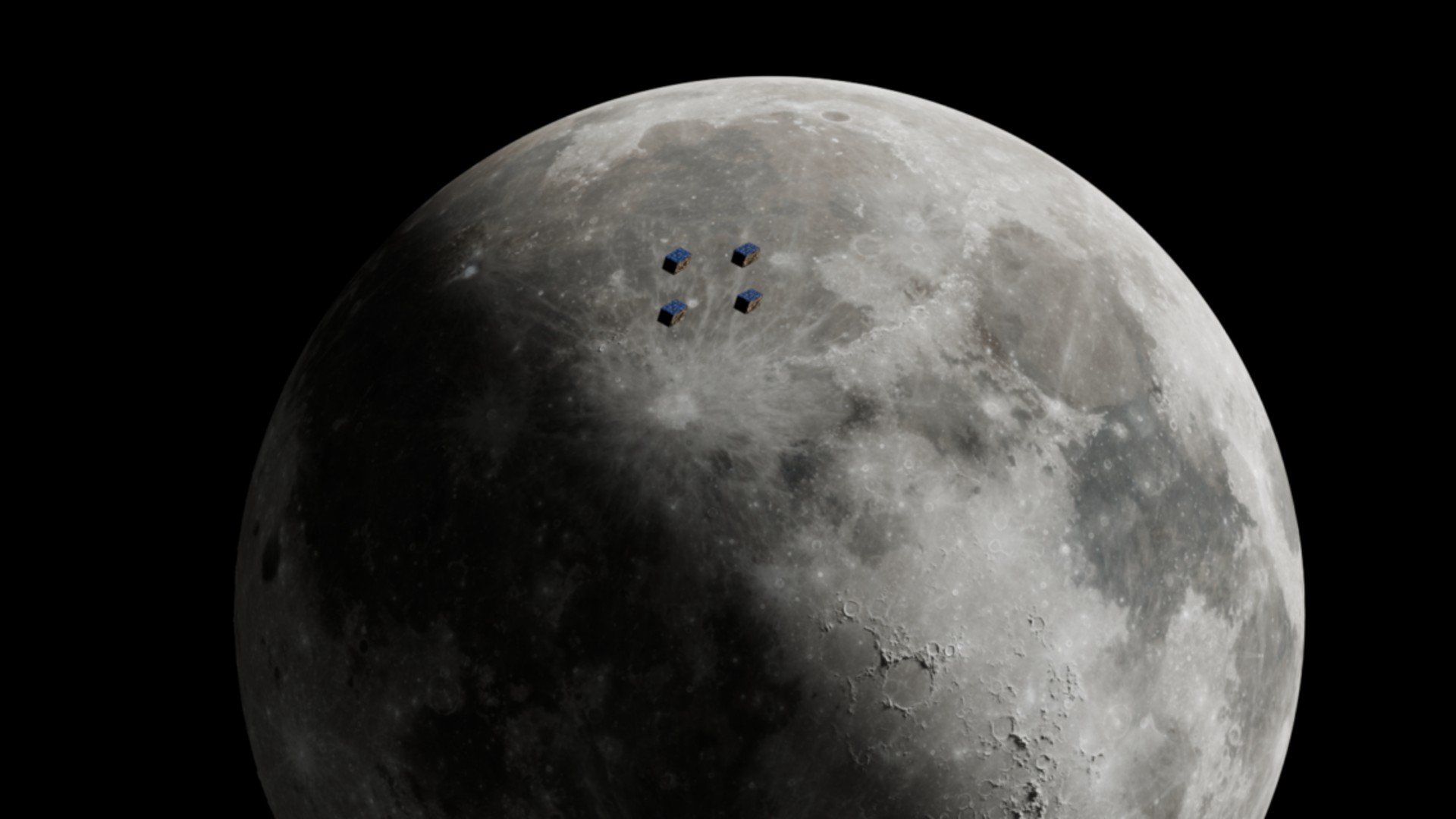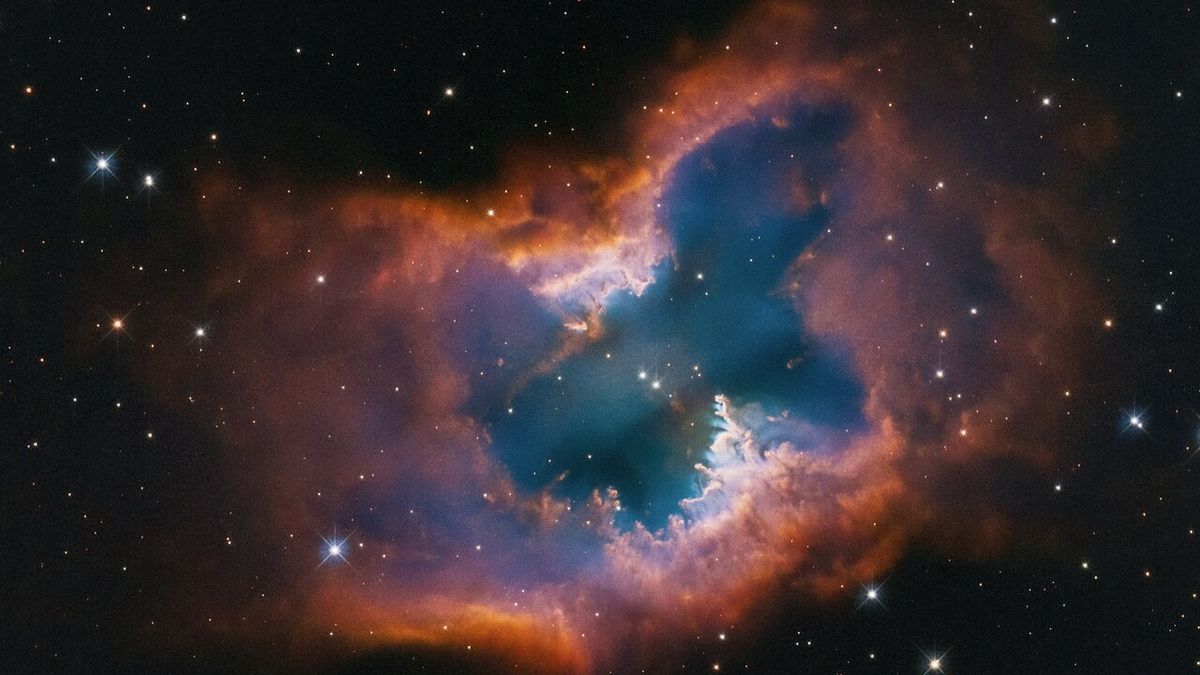The Italian Space Agency has picked European company Blue Skies Space to build a fleet of satellites around the moon to map the ancient universe.
Blue Skies has partnered with another space company, OHB Italia, to build the satellite fleet, called RadioLuna, which aims to see if small satellites around the moon can pick up faint FM radio signals from the early universe's so-called "Dark Ages," before the first stars were formed, OHB said in a statement
These radio signals are hard to detect on Earth; there's too much human-made radio interference. The idea is that, on the far side of the moon, the airwaves should be quiet enough to pick up the fainter cosmic radio signals. If the satellites can detect the signals, researchers can use them to map the universe's early days.
"We are grateful to the Italian Space Agency for funding this activity with our project partner OHB Italia to explore novel ways of delivering exciting science," Blue Skies co-founder and CEO Marcell Tessenyi said in a separate statement. A cost estimate and launch year for RadioLuna were not immediately available.
Tessenyi said the RadioLuna project stemmed from the global drive to create an economy on the moon. "Programs by space agencies such as ESA Moonlight or NASA Artemis can provide the transport, communication and timing infrastructure to projects such as RadioLuna," Tessenyi added.
The RadioLuna satellite network will use small cubesats equipped with commercial off-the-shelf components. The goal is to make the satellites simple and cost-effective.
"RadioLuna is a challenge where scientific ambition meets engineering pragmatism," Roberto Aceti, OHB Italia managing director, said in the statement. "We are proud to contribute to the development of an observatory that could open new frontiers in our understanding of the early universe."








 English (US) ·
English (US) ·